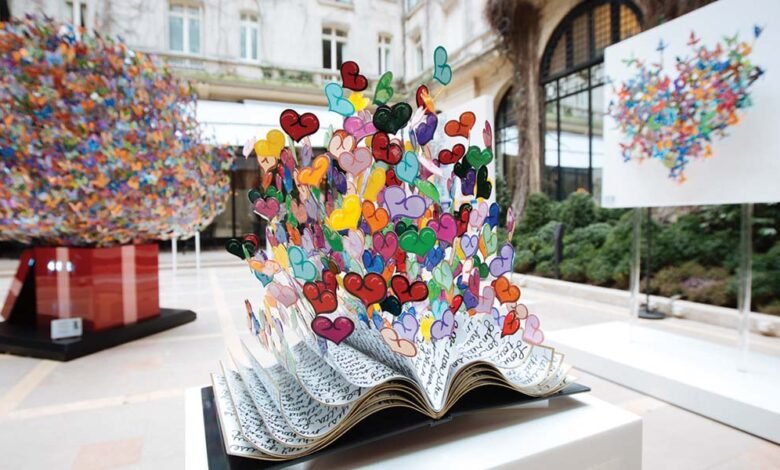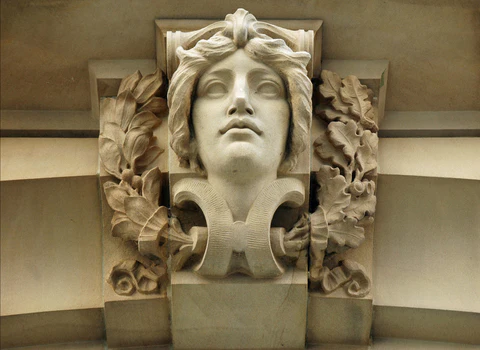Architect : Building :: Sculptor : ?

The relationship between Architect : Building :: Sculptor : ? prompts an intriguing parallel with the sculptor and their medium. While architects manipulate space and structure to serve functional and aesthetic purposes, sculptors similarly engage with materials to create three-dimensional forms that challenge perceptions and invite contemplation. This dynamic raises essential questions about the role of the sculptor in shaping not just the physical environment but also cultural narratives and emotional experiences. As we explore these connections, the inquiry expands: what defines a sculptor’s canvas, and how does it reflect the complexities of human expression?
Defining the Sculptor’s Canvas
The Architect : Building :: Sculptor : ? canvas extends far beyond the traditional confines of a studio; it encompasses the very essence of space itself.
Through diverse sculptural mediums, artists breathe life into their visions, transforming raw materials into profound artistic expression.
Each piece invites viewers to explore the interplay of form and void, evoking emotions that resonate deeply, fostering a sense of freedom and connection to the world around them.
Read more: A Love so Beautiful: a Beautiful Love… a Love That Blossoms..
Materials and Techniques in Sculpture
Among the myriad pathways of sculptural creation, materials and techniques play a pivotal role in shaping an artist’s vision.
The judicious tools selection ignites a dance of creativity, while texture exploration breathes life into raw forms.
Each medium—be it clay, stone, or metal—provides a unique language, inviting sculptors to articulate their dreams, offering a tactile freedom that resonates deeply with the human spirit.
The Role of Space in Sculpture
Sculptors navigate the intricate relationship between their work and the surrounding environment, recognizing that space is not merely a backdrop but an essential element that shapes perception and meaning.
The interplay of positive and negative space creates vibrant spatial dynamics, inviting viewers to explore the nuances of form and emptiness.
Through this relationship, sculptures transcend their materiality, evoking profound emotional responses and liberating the imagination.

Cultural Impact of Sculptural Art
Artistic expressions, particularly in sculpture, resonate deeply within cultural contexts, reflecting and shaping societal values, beliefs, and narratives.
The historical significance of sculptural art lies in its power to challenge public perception, provoke thought, and inspire change. These three-dimensional forms transcend time, inviting dialogue and fostering connections, ultimately enriching the human experience and affirming our collective quest for freedom and identity.
Read more: Anticipations of Beautiful: Hope and Liam Brothers
Conclusion
In the intricate dance between Architect : Building :: Sculptor : ?, the transformation of raw materials into evocative forms transcends mere craft, entering the realm of profound expression. While some may argue that sculpture lacks the structural significance of architecture, it is essential to recognize the deep emotional resonance that sculptural works evoke, challenging perceptions and inspiring introspection. Ultimately, the sculptor’s artistry not only shapes physical space but also carves a lasting imprint on the human experience, inviting deeper connections with the world.



